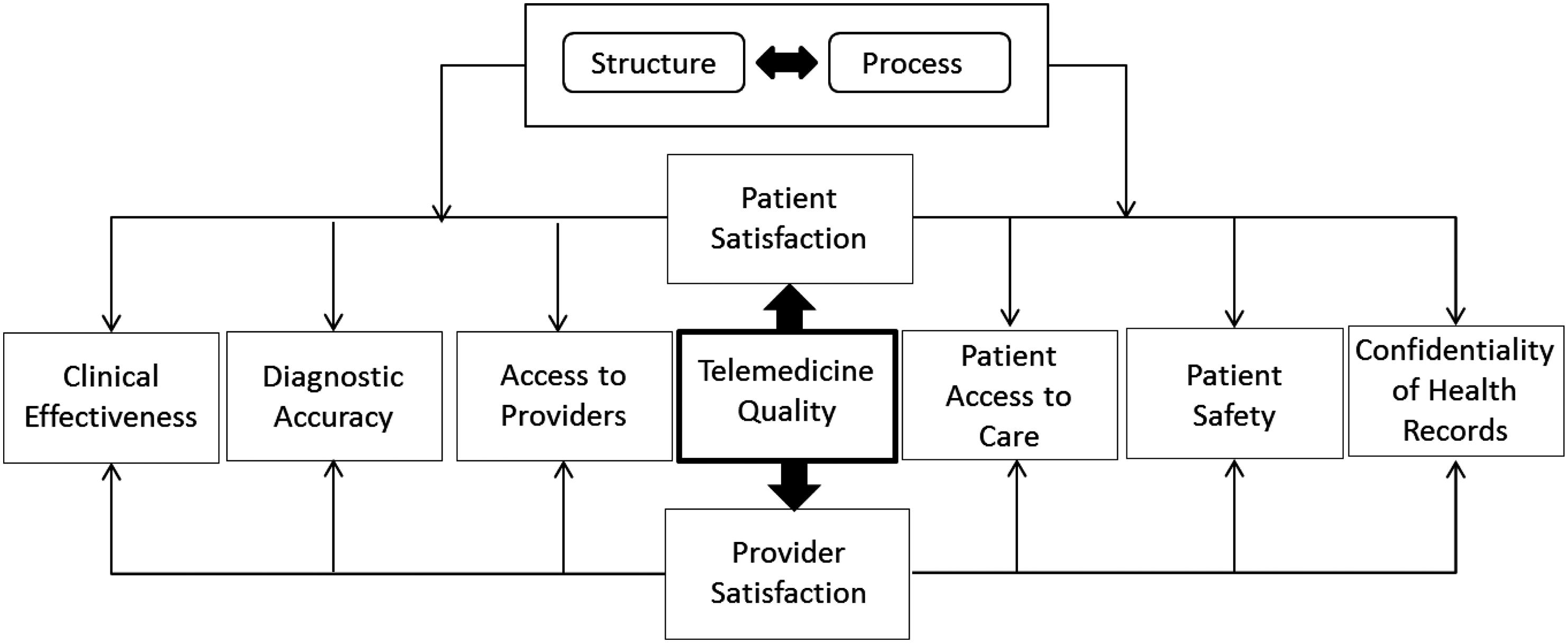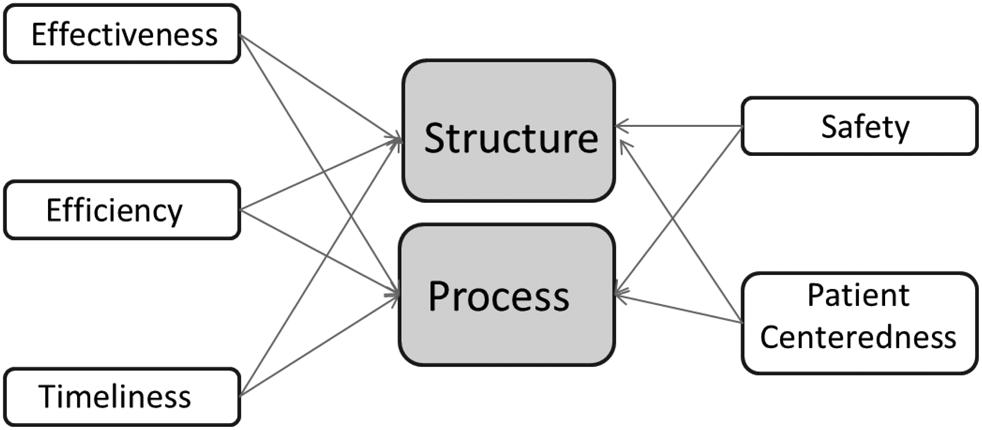
3 minute read
References
3.4. Why is a patient’s experience in the emergency room such a strong predictor of their overall experience after they get transferred to the inpatient floors?
Aiken, L. H., Clarke, S.P., Sloane, D.M., Sochalski, J., and Silber, J.H., 2002. “Hospital nurse staffing and patient mortality, nurse burnout, and job dissatisfaction.”
Advertisement
JAMA 288(16): 1987–1993. doi:10.1001/jama.288.16.1987 Arora, V., Johnson, J., Lovinger, D., Humphrey, H.J., and Meltzer, D.O., 2005.
“Communication Failures in Patient Sign-Out and Suggestions for Improvement:
A Critical Incident Analysis.” Quality & Safety Health Care 14(6): 401–407. Association for Patient Experience, 2014. “7 Leadership Tactics for Improving the
Patient Experience.” http://www.hfma.org/Leadership/Archives/2014/Spring/7_
Leadership_Tactics_for_Improving_the_Patient_Experience/ Awad, S.S., Fagan, S.P., Bellows, C., Albo, D., Green-Rashad, B., De La Garza, M., and Berger, D.H, 2005. “Bridging the Communication Gap in the Operating
Room with Medical Team Training.” The American Journal of Surgery 190(5): 770–774. Barrett, J., Gifford, C., Morey, J., Risser, D., and Salisbury, M., 2001. “Enhancing
Patient Safety through Teamwork Training.” Journal of Healthcare Risk
Manageent 21(4): 57–65. Clancy, C.M. and Tornberg, D.N., 2007. “TeamSTEPPS: Assuring Optimal Teamwork in Clinical Settings.” American Journal of Medical Quality 22(3): 214–217. Cleveland Clinic, 2012. “Healthcare Management & Leadership.” Retrieved from www.youtube.com. Dempsey, C., Reilly, B. and Buhlman, N., 2014. “Improving the Patient Experience:
Real-World Strategies for Engaging Nurses.” Journal of Nursing Administration, 44(3): 142–151. Dunn, E.J., Mills, P.D., Neily, J., Crittenden, M.D., Carmack, A.L. and Bagian, J.P., 2007. “Medical Team Training: Applying Crew Resource Management in the
Veterans Health Administration.” The Joint Commission Journal on Quality and
Patient Safety 33(6): 317–325. Fahey, L., and Schilling, L., 2007, September/October. “Nurse Knowledge Exchange:
Patient Hand Offs.” American Academy of Ambulatory Care Nursing (AAACN) Viewpoint. http://findarticles.com/p/articles/mi_qa4022/ is_200709/ ai_n21137476 Gawande, A.A., Zinner, M.J., Studdert, D.M., and Brennan, T.A., 2003. “Analysis of Errors Reported by Surgeons at Three Teaching Hospitals.” Surgery 133(6): 614–621. Grandey, A., Foo, S.C., Groth, M., and Goodwin, R.E., 2012. “Free to Be You and
Me: A Climate of Authenticity Alleviates Burnout from Emotional Labor.”
Journal of Occupational Health Psychology 17(1): 1–14.
Greenberg, C.C., Regenbogen, S.E., Studdert, D.M., Lipsitz, S.R., Rogers, S.O.,
Zinner, M.J. and Gawande, A.A, 2007. “Patterns of Communi Cation
Breakdowns Resulting in Injury to Surgical Patients.” Journal of the American
College of Surgeons 204(4): 533–540. Haig, K.M., Sutton, S., and Whittington, J., 2016. “SBAR: A Shared Mental Model for
Improving Communication Between Clinicians.” The Joint Commission Journal on Quality and Patient Safety 32(3): 167–175. Institute for Innovation, 2014. “Inspiring Innovation: Patient Report of Nurse Leader
Rounding.” http://www.theinstituteforinnovation.org/docs/default-source/anno tated-bibliographies/leader-rounds-on-patients_oct-2016.pdf?sfvrsn=2 Leighty, John, 2006, December 4. Hourly Rounding Dims Call Lights. www.Nurse. com. Leonard, M., Graham, S., and Bonacum, D. 2004. “The Human Factor: The Critical
Importance of Effective Teamwork and Communication in Providing Safe
Care.” Quality & Safety in Health Care 13(suppl 1): i85–i90. Maslach, C. and Leiter, M.P., 2005. Stress and Burnout: The Critical Research in Handbook of Stress Medicine and Health. 2nd Ed. Cary L. Cooper, Ed., 155–172. Meade, C.M., Kennedy, J., and Kaplan, J., 2010, June. “The Effects of Emergency
Department Staff Rounding on Patient Safety and Satisfaction.” The Journal of
Emergency Medicine 38(5): 666–674. Meade, Christine M., Bursell, A.L., and Ketelsen, L., 2006, September. “Effects on
Nursing Rounds on Patients’ Call Light Use, Satisfaction, and Safety.” American
Journal of Nursing 106(9): 60. Monegain, B. (April 30, 2013). “Burnout Rampant in Healthcare.” http://www.heal thcareitnews.com/news/burnout-rampant-healthcare. Morey, J.C., Simon, R., Jay, G.D., Wears, R.L., Salisbury, M., Dukes, K.A., and Berns,
S.D., 2002. “Error Reduction and Performance Improvement in the Emergency
Department through Formal Teamwork Training: Evaluation Results of the
Med Teams Project.” Health Services Research Journal 37(6): 1553–1581. Nash, M., Pestrue, J., Geier, P., Sharp, K., Helder, A., and McAlearney, A.S., 2010. “Leveraging Information Technology to Drive Improvement in Patient
Satisfaction.” Journal of Healthcare Quality, 32(5): 30–40. NHS Patient Safety Campaign, 2013. http://patientsafety.health.org.uk/resources/ patient-safety-first-2008-2010-campaign-review Reimer, N. and Herbener, L., 2014. “Round and Round We Go: Rounding Strategies to Impact Exemplary Professional Practice.” Clinical Journal of Oncology
Nursing 18(6): 654–660. Rutherford, P., Lee, B., and Greiner, A., 2004. “Transforming Care at the Bedside.”
IHI Innovation Series White Paper. Boston, MA: Institute for Healthcare
Improvement. http://www.ihi.org Sehgal, N.L., Fox, M., Vidyarthi, A.R. et al., 2008. “A Multidisciplinary Teamwork
Training Program: The Triad for Optimal Patient Safety (TOPS) Experience.”
Journal of General Internal Medicine 23(12): 2053–2057.
Sehgal, N.L., Green, A., Vidyarthi, A.R., Blegen, M.A., and Wachter, R.M., 2010.
“Patient Whiteboards as a Communication Tool in the Hospital Setting: A
Survey of Practices and Recommendations.” Journal of Hospital Medicine 5(4): 234–239. Setia, N. and Meade, C., 2009. “Bundling the Value of Discharge Telephone Calls and Leader Rounding.” Journal of Nursing Administration 39(3): 138–141. Sutcliffe, K.M., Lewton, E. and Rosenthal, M.M., 2004. “Communication Failures:
An In- Sidious Contributor to Medical Mishaps.” Academic Medicine 79(2): 186–194. The Beryl Institute, 2013. Improving the Patient Experience. http://www.theb erylinstitute.org/store/download.asp?id=C9181DC5-3C30-48EE-BDBB-E8805F 58FD0F





